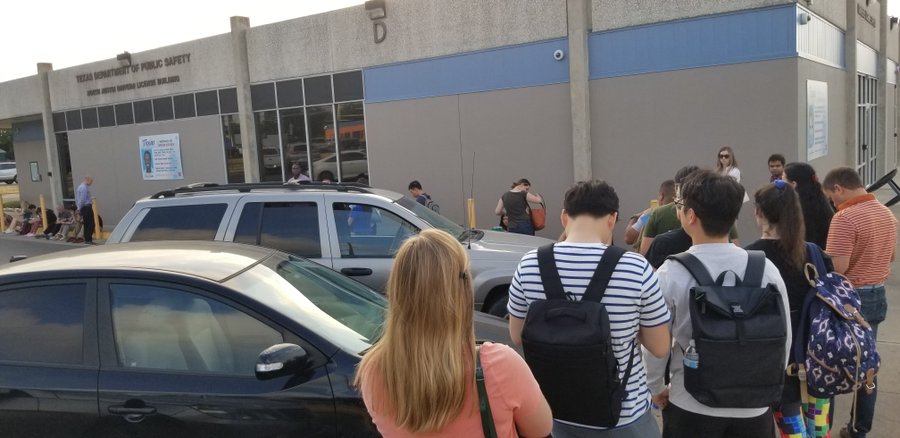One of the most important, least-covered stories in the Texas criminal-justice arena must be the failure of Texas municipalities to fund police-officer pensions. For the most part, the issue only indirectly affects #cjreform efforts, so Grits has mostly discussed the topic as an aside, the way one remarks on a multi-car auto wreck occurring on the other side of the highway as one drives by.
But one place where the issue does come up is police staffing. In Austin this year, the city manager has requested thirty (30) new officers for Austin PD.
So far, the decision to hire new officers has been de-coupled from assessments of the city's obligations to pay officers' pensions when they retire. An
audit report which came out last month shows why that must change.
Austin under-funds police officer retirement to such a degree, according to the report, that current contribution levels simply "are not sufficient to support the benefit structure of the System." Indeed, here's an eye-popping auditor's observation: "The City’s current contribution rate of
21.313% is not expected to amortize the unfunded liability over any amortization period."
In other words, at current contribution rates, the City will
never cover its police pension costs. If the contribution rate was raised from 21.313% to 37.302%, the fund could become solvent 20 years from now! Make the contribution 29.5%, and it would take 40 years to set the books straight.
These are big, expensive, long-term problems. Austin cannot afford to pay for its police force right now, or at least they're not presently paying sufficient contributions into their pensions. And
with new Legislature-dictated caps on how much cities can raise taxes, it's difficult to imagine how the problem can be fixed. Indeed, in this budget cycle, it cannot be.
So what can Austin do? Grits thinks of Will Rogers' excellent advice: "If you find yourself in a hole, stop digging."
Adding 30 new staff positions to the force when the city cannot pay for the ones it already employs makes no sense. Instead, City Council should be looking for ways to offload non-crime-related duties performed by police to other, more effective and less expensive staff.
They have just such an opportunity on the mental-health front. The Meadows Foundation has proposed an approach to mental-health first response that would put medical personnel on the front lines instead of armed police officers. A
pilot program in Dallas implementing the idea found large reductions in arrests and use of force.
The Austin City Council should divert the resources proposed for those 30 new officers to fund a similar program in Austin.
Anyway, as a practical matter, it's doubtful Austin PD can fill 30 new positions, even if they are included in the budget. They are 102 officers short right now, a number which will grow to 125 by the end of the year due to normal retirement rates. Taking into account predictable attrition at the police academy (an average of 31% of recruits dropped out of the last five classes), plus the schedule supplied to the City Council for more recruit classes, it's pretty easy to calculate that APD will still have 75 vacancies, give or take, when budget season rolls around in 2020.
In other words, whether or not the City Council approve 30 new officers,
the money will have no impact on staffing in the coming fiscal year.
By contrast, funding the mental-health crisis-intervention proposal with that money would reduce the demand for officers at the margins and avoid worsening the police-pension problem. That's definitely the smarter, and more fiscally responsible, approach.
No MSM coverage of
this pension report so far, but IMO it's quite a big deal; it came out while Grits was on vacation last month. Long-time readers will recall that Ron DeLord, founder of the Combined Law Enforcement Associations of Texas and the lead negotiator of Austin's police contract, predicted
in a Reasonably Suspicious podcast interview that cities would eventually reduce these lavish pension benefits. He argued that unions must prepare for the coming retrenchment. Those observations seem more prescient than ever, after reading this report.

.jpg)



